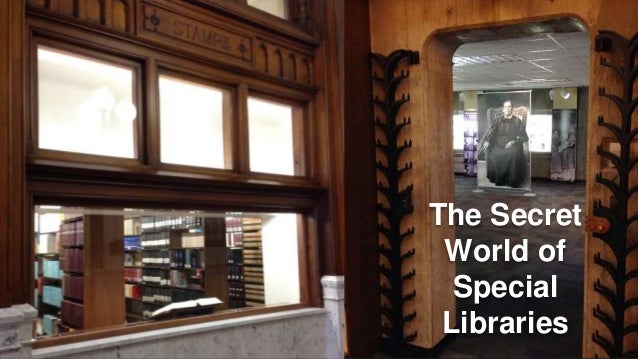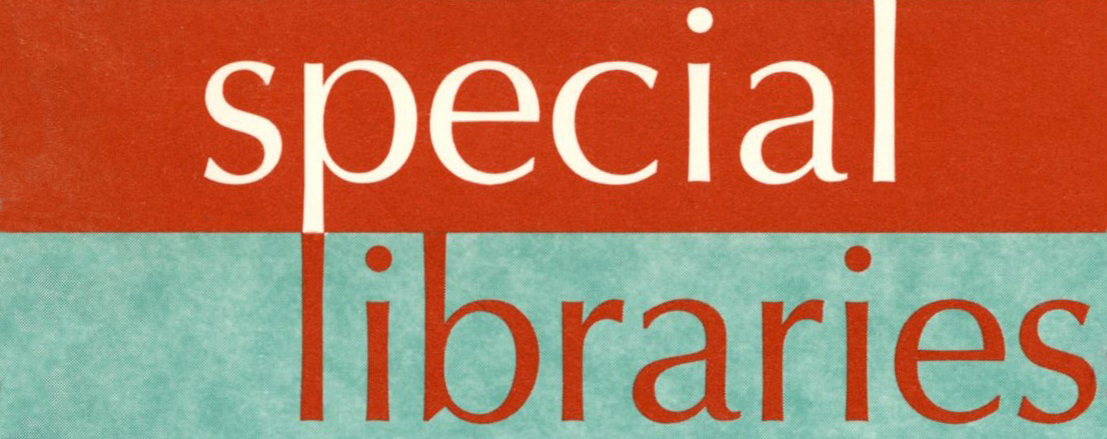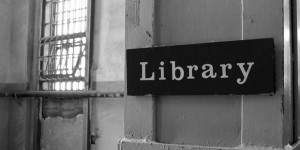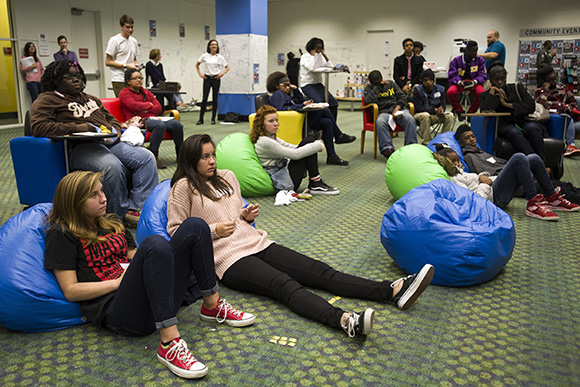Everyone has heard of the wise old saying, "the early bird gets the worm." With Spring officially sprung, this blog is going to highlight the benefits of bringing children into the library.
Children Learn the Concept of Sharing
- The library is one of the first places children learn how to properly borrow materials. Children learning that library books belong to everyone in the community is an invaluable skill to show how to handle books with respect, and returning them on time and in the correct place.
- With libraries hosting children's story time, this is a great way for children to learn how much fun community involvement is. By gathering in a circle and listening to stories alongside their peers, children learn how to get along with others and meet new people in the community
- Libraries expose children to a plethora of cultures, both in the patrons it serves and the books it contains. Children can go to the library and read a book about the country of Chile, while sitting by and interacting with other children of different racial, social, and economic backgrounds. These experiences teach children how to get along and respect everyone regardless of personal backgrounds.
- Children learn in the library about the priceless value education and intellectual freedom truly is. Not only is the acquisition of knowledge invaluable, but also the ability to dream and imagine in the library is limitless. Children can read a book, and then utilize library materials to draw a picture and expand on what they have learned. This safe zone allows children to explore worlds and possibilities that may not be available to them as readily in their home or school environment.






























